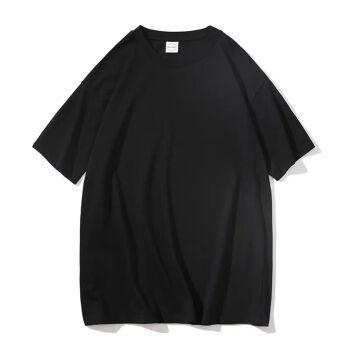Children’s clothing matching skills are a complex and interesting topic, which involves color matching, style selection and seasonal adaptation. The following will reveal to you how to match children’s clothing to help you make better choices in what your children wear.
First of all, color matching is one of the keys to children’s clothing matching. When choosing clothing colors, you can consider basic color matching principles, such as choosing similar tones or complementary colors for matching. At the same time, be careful not to use too fancy and bright colors to avoid giving people a visual impact. In addition, it is also important to choose suitable colors according to the climate and occasion requirements of different seasons.
Secondly, style selection is one of the factors that need to be considered in children’s clothing matching. First of all, choose the appropriate style according to the child’s body characteristics, paying attention to comfort and freedom, so as not to restrict the child’s movement. Secondly, choose the appropriate style according to the child’s age and personality. For smaller children, choose styles that are simple, comfortable, and easy to put on and take off, while for older children, choose styles based on their interests, hobbies, and fashion trends.
Thirdly, seasonal adaptation is one of the important considerations in children’s clothing matching. Different seasons have different requirements for children’s clothing, so you need to choose appropriate clothing according to seasonal changes. In spring and summer, you can choose light and breathable fabrics and bright and refreshing colors; while in autumn and winter, you need to choose warm and thick fabrics and dark colors. In addition, you also need to pay attention to the impact of seasonal changes on children’s health, choose suitable materials and styles, and protect your children’s skin.
Finally, we also need to pay attention to the occasion of children’s clothing matching. Different occasions have different requirements for clothing. You should choose appropriate clothing according to the requirements of the specific occasion. For example, you can choose suits, dresses, etc. for formal occasions; while in daily life, you can choose casual and comfortable clothing. Also, consider your child’s personal preferences and style so they feel confident and comfortable wearing the costume.
In summary, children’s clothing matching needs to consider color matching, style selection, seasonal adaptation and occasion issues. Through reasonable matching, children can show their personality in clothing without losing comfort and fashion. I hope the above tips can help you, and I wish your children can always maintain youthful vitality and fashionable charm!






